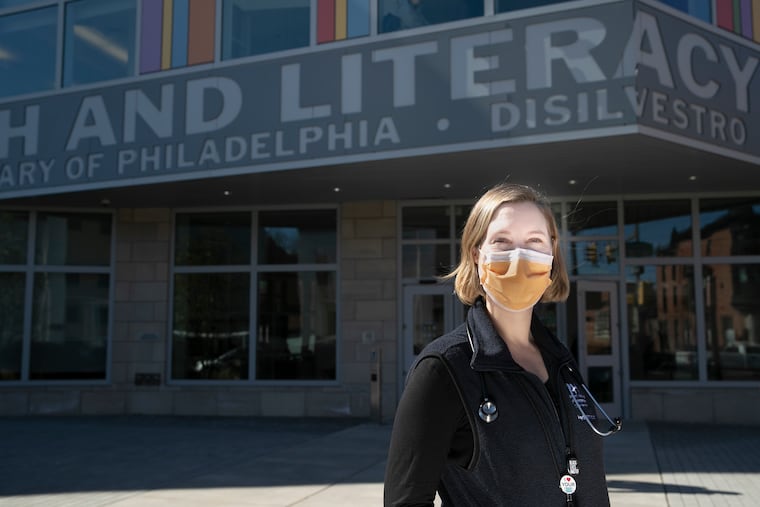Vaccination rates for children dropped during the pandemic. Here’s how Philly-area pediatricians responded.
In the last few months, vaccination rates for children at local hospitals have ticked back up after physicians made a concerted effort to reach the parents of children who had missed their shots.

When early pandemic lockdowns closed many doctors’ offices, the numbers of routine childhood vaccine doses administered decreased dramatically, concerning pediatricians around the country. A study by Kaiser Permanente published in Pediatrics this April found the decrease was most serious and persistent in older children.
The trend was consistent with what pediatricians at Philadelphia-area hospitals experienced during the early stages of the pandemic. At Nemours/Alfred I. duPont Hospital for Children, pediatricians saw a 43% decrease in immunizations given for vaccine-preventable diseases such as measles, whooping cough, and the chicken pox.
“During late March and April, into May, there was a significant decrease in the number of children coming out for well-child visits and immunizations nationally,” said Jonathan Miller, a pediatrician in primary care at Nemours. “I had significant concern at that point in time that this was going to be a real problem as far as preventative health for children.”
The Centers for Disease Control and Prevention (CDC) released findings last May, which reported that from mid-March to late April, health providers ordered 2.5 million fewer doses of regular childhood vaccines and 250,000 fewer doses of measles vaccines, compared to the previous year.
Local pediatricians are seeing childhood vaccination rates tick back up in recent months after making concerted efforts to reach the parents of children who had missed their immunizations last year.
And because flu and other infections were down among kids due to social distancing and masking, offices had more availability for well visit outreach, Miller said.
“At Nemours, we had a significant decrease in the number of children coming to us for being sick, so we doubled efforts to bring children in for immunizations and wellness visits,” he said. “By the end of 2020, our vaccination rates were up from 2019.”
The Children’s Hospital of Philadelphia (CHOP) has also been informing families about its safety precautions — such as spaced-out seating in waiting rooms and mask requirements for everyone over the age of 2 — for wellness visits, said Katie Lockwood, a physician at CHOP Primary Care in South Philadelphia.
“We did a lot of targeted outreach over the summer to families with 4 to 6-year-olds,” Lockwood said. “We were able to catch up all of the kids who needed those shots before school started, and then we targeted other age groups. By prioritizing kids who were due for immunizations, we were able to catch up a lot of folks who were falling behind during the first part of the pandemic.”
In the past year, the risk of getting an infectious disease such as measles was “reasonably low” for children who missed an immunization, she said. But as social circles expand and businesses and schools open up, those preventable diseases could come back, Lockwood said, which is why it’s important to get immunizations before a return to school and sports in the fall.
“There could be outbreaks because we need to have a certain percentage of the population immunized for herd immunity,” she said. “Kids who may have missed their measles vaccine could be at risk for catching measles when they go back to sports and school. We don’t want an outbreak. It’s a very serious illness.”
Both Lockwood and Miller said that children should catch up on routine immunizations as soon as possible because the CDC recommends those getting vaccinated against COVID-19 wait at least two weeks before receiving any other immunizations. Although the vaccine is not currently available to children under age 16, clinical trials are underway for adolescents ages 12 and 15.
“There’s a window of a couple months around the COVID vaccine that kids can’t get other vaccines,” Miller said. “So you do have to be thoughtful next year about routine vaccination and COVID vaccine timing.”